School Video Tips & Tricks
14/05/2025
Embarking on a new SCHOOL VIDEO can feel a bit daunting – especially if you’ve never done it before!
Rest assured, we’re here to help you make a success of it.
By tapping into our 20 years experience of working with Schools and Colleges all over the UK, we can offer you plenty of Tips and Tricks to create an effective, memorable presentation that really does the business for you.
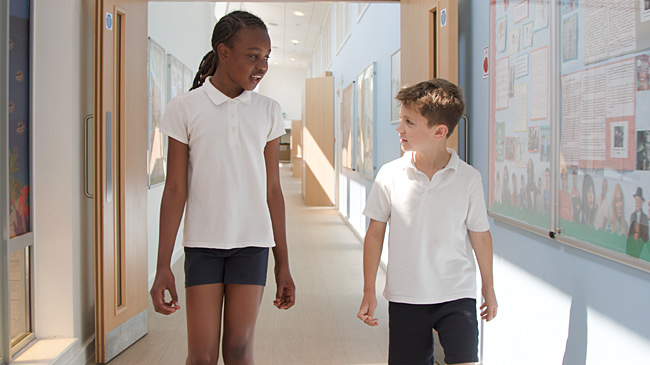
Introduction
We’re really looking forward to working with you on your video project! We know it’s important to you and we’re as keen as you are to ensure its success.
You can get things off to a flying start by thinking about the following factors;
- Project Objective(s)
- Target Audience
- Key Messages
- Key Shots and Locations
What do you need to show and where can those scenes be captured?
- Visual Theme
Does the production need to tie in with specific brand guidelines or existing web & print communications?
- Special Permission/Considerations
Do you need consent to film specific people, activities or locations? By the way, we’re great with kids (and animals!) – we’re fully DBS checked – but we still need to be accompanied by an adult throughout our time on site.
- Accessibility
Can we get to where we need to be? It’s a great help if you can reserve a parking space close to where we film – we’ll be carrying a lot of heavy kit!
The aim of our planning stage – and this short guide – is to maximise the opportunity from our filming time and minimise the risk of us capturing material that can’t be used in the final edit. The better the preparation, the better the video!
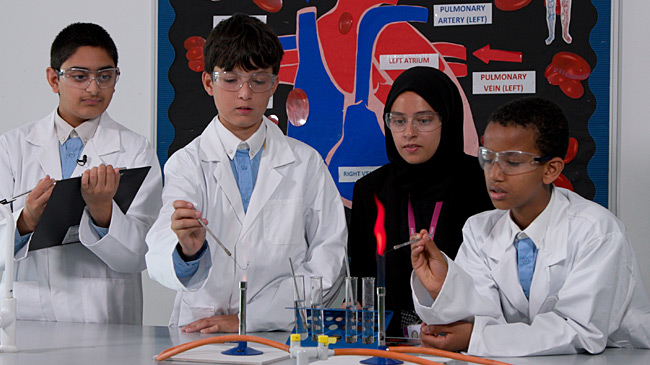
Key Messages
Key messages are usually the backbone of our video productions. With a background in broadcast journalism, we already have a nose for a good story – the challenge is to identify and prioritise what you really need to say and convey those messages in the most effective way.
However, there’s a risk! Try not to get carried away with such a long shopping-list of messages that it would be unrealistic to include them in a short video.
Here are our Top Tips on Key Messages;
- Keep it simple
- Keep it short
- Maximise the AV
- Harness the ER
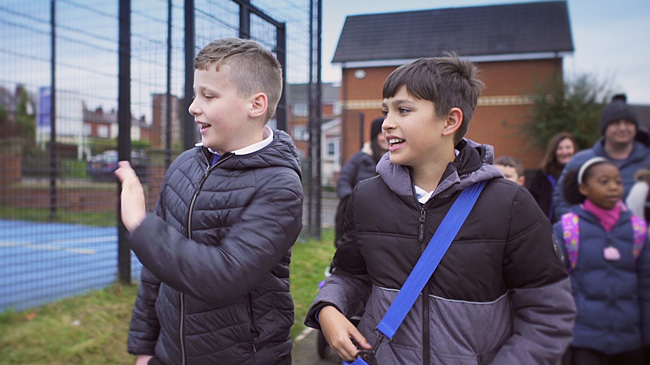
Interviewees
Many of our school videos include interviews on camera with key people involved in the story; staff, students or parents. This personal approach is part of the unique quality of the video medium – real people, saying real things – it’s so much better than static text!
If you’ve been chosen to be interviewed – or if you’re organising a schedule of other people to appear on video – it’s easy to over-prepare for what will almost certainly be a very brief appearance!
Here are our Top Tips on Interview Preparation;
- Keep it short. Keep it simple.
- Stay calm!
- It’s not what you say…
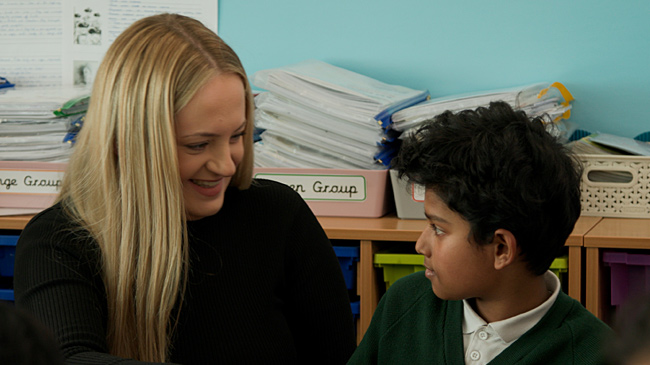
Locations, Activities & Supporting Cast
You want everyone and everything involved in your production to look their very best – so do we!
That doesn’t necessarily mean you need to have the mother of all clean-ups before we arrive with our cameras, but it might be worth thinking about the best locations for us to capture on camera… and, maybe, the ones you’d really like us to avoid!
Hopefully it goes without saying that it’s too late to pick up litter, tuck in shirts or straighten ties after we’ve completed filming!
We talk a lot about activities. These are the scenes that make up our supporting footage – they’re often used to help break up an interview and illustrate the narrative.
When it comes to activities, we want to see the best that you can offer, but please don’t feel under pressure to come up with juggling acrobats on ice! The essence of what we’re usually trying to capture is people engaged in what they’re doing, showing concentration/enjoyment/professionalism – whatever emotion is most appropriate.
For video, it’s usually much more about people – close-ups of faces, engaged in their activity – than panoramic wide-shots of a scene.
By Supporting Cast, we’re referring to the extras (willing volunteers!) who will appear in the video to help populate the various scenes that we shoot. They won’t necessarily have speaking parts but they will need to appear natural and confident in carrying out whatever they usually do.
It’s always helpful if you can identify them before we turn up to film – and any people who really don’t want to appear on camera should be kept well away – to avoid any embarrassing situations and lost time on the day.
Once all of the locations, activities and supporting cast have been identified, we’ll work with you to build everything into a realistic schedule that we can achieve within our filming time.
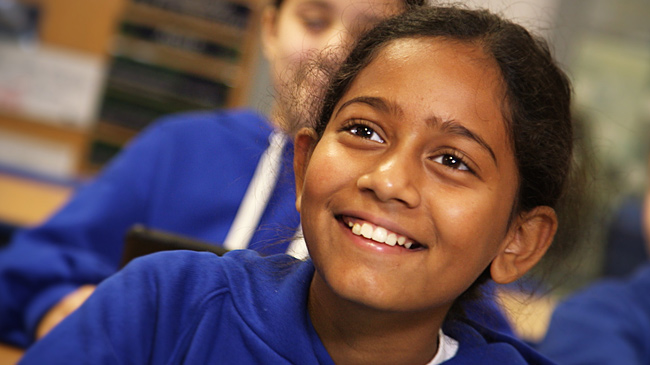
One final tip – it always helps if everyone required for each scene is in position with whatever props they might need, ready to go – according to the schedule – to ensure a really productive use of filming time. It’s worth deploying an extra person to run ahead to ensure every activity is ready for us the moment we arrive.
